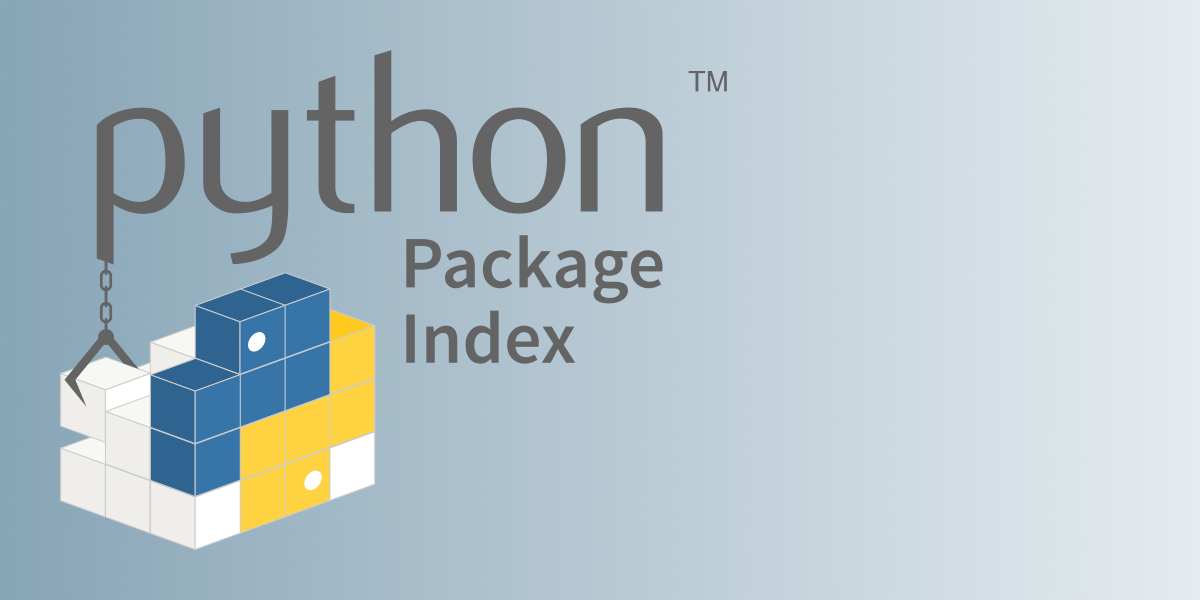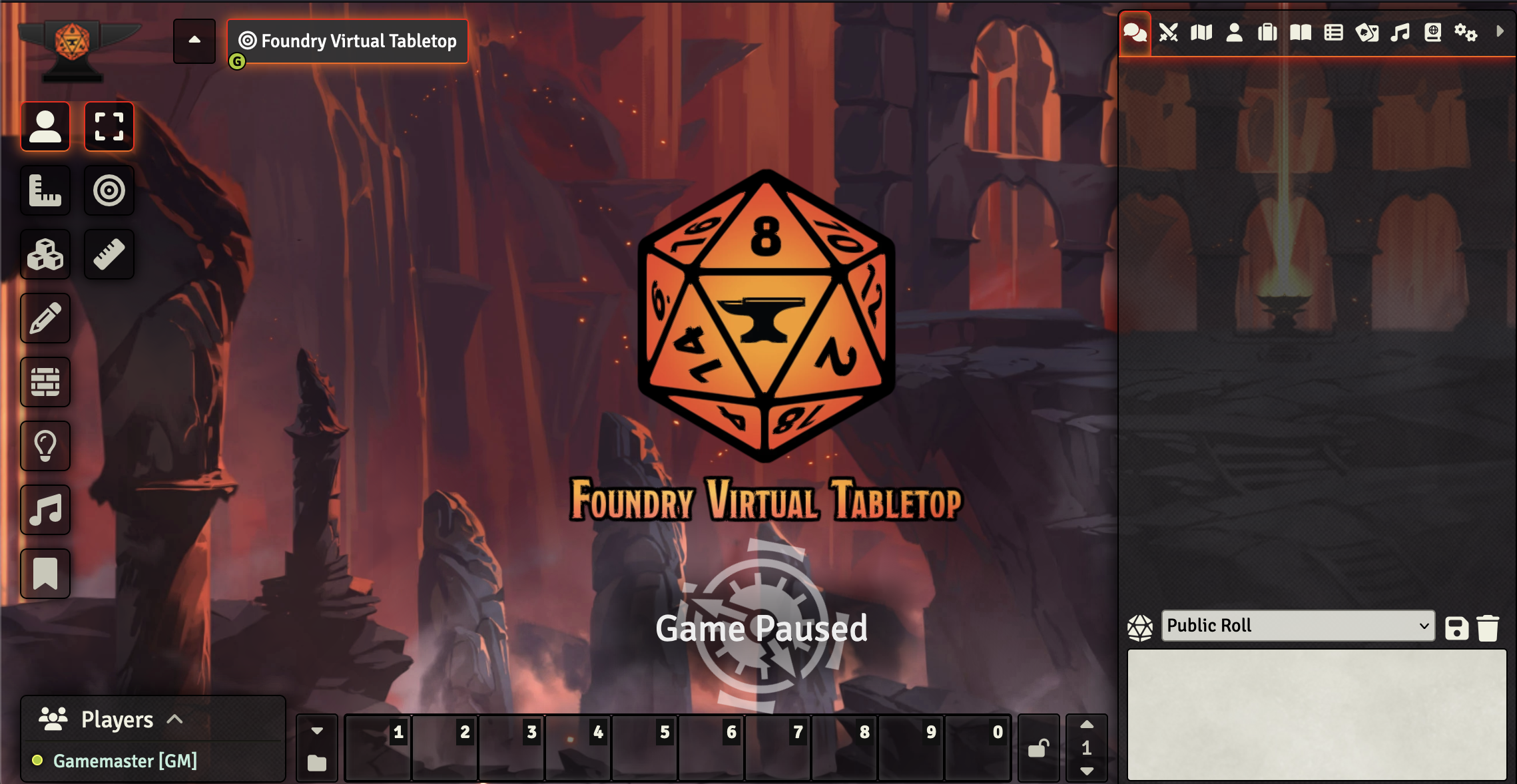The Ghost of OpenGL 3.0
OpenGL 3.0 seems to become more and more of a promise that’s bound to be broken; like a friend who promises you to give back the money you loaned him, always tomorrow.
The expected API promises many new features, enhancements and is the first total rewrite of the existing OpenGL Standard. The API promises an interface compatible with the next generation of computer graphics programming and is set to compete with Microsoft’s DirectX 10.
Well, that’s the plan at least. OpenGL 3.0 has been delayed tremendously since its scheduled release in October of 2007. On October 30th of 2007, ARB member Barthold Lichtenbelt (NVIDIA employee) made an official announcement on the OpenGL.ORG forums claiming that the release date was postponed until further notice because “[the OpenGL Working group] don’t want to spend time fixing mistakes made in haste.”
The announcement settled fine with most of the OpenGL community since at least there was news. But after 7 months of neither news nor updates, some of the community is giving up on (or dismissing) the possibility of a new API at all.
But is it really possible to give up on OpenGL? The API is pretty much the only viable hardware accelerated option on platforms other than Microsoft Windows, and even on Windows many developers are reluctant to switch from XP to Windows Vista in order to take advantage of Direct3D 10.
The Khronos Group have been putting out updates on the other software which they maintain the standards of with the exception of their most popular/anticipated one, OpenGL.
So what does that mean? Either OpenGL is being actively developed on and public discussion is prohibited per NDA, or development has halted and there is reluctance in releasing the bad news. My hopes are up for the former option since the OpenGL API is without a doubt the most flexible Graphics API available today.
Of course, there is a third option which is quite scary and different. Khronos has been publishing information on a new API called OpenKODE which bundles several APIs in a DirectX-like manner of platform abstraction. Maybe the OpenGL API will become a part of this which would set back the development even more, but this is (as are the other options) a wild guess.
If there’s one thing to consider, it’s the fact that OpenGL is a standard (a definition), not an implementation. Which means that the actual source code for 3.0 would have to implemented by: A. the independent hardware vendors or B. the platform developers. So even if the OpenGL 3.0 API would be released today, the actual libraries wouldn’t be available yet since the implementation would be missing.
All in all, I think we’re still very far away from seeing a workable OpenGL 3.0 implementation that’s supported ‘cross-platform. For now we’ll just have to do with OpenGL 2.1 or Direct3D 10, which in many cases, is a limited set of options that’s impossible to choose from.




